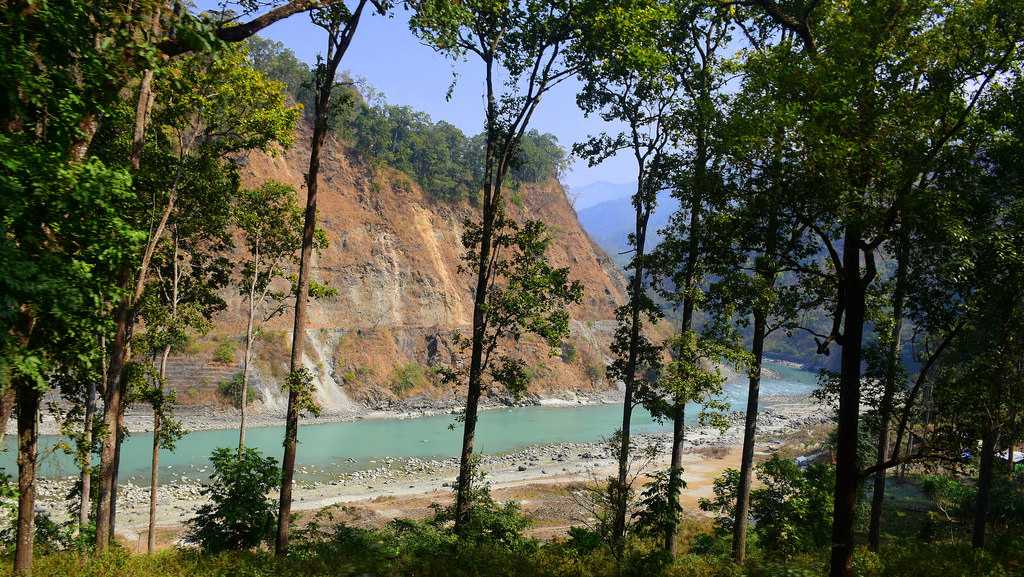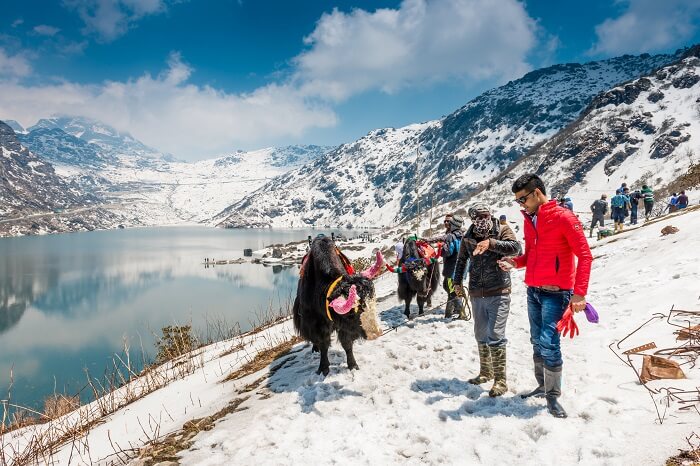Sikkim is a small but fascinating state in northeastern India, nestled in the Himalayas between Nepal, Bhutan, and Tibet. Here are some key points about Sikkim:
- Geography: It’s known for its diverse landscapes, ranging from lush valleys to snow-capped mountains. The state is home to the third-highest peak in the world, Kangchenjunga, which is considered sacred by the locals.
- Climate: Sikkim experiences a range of climates depending on the altitude, from subtropical in the lower regions to alpine in the higher elevations. This makes it a year-round destination with varied weather conditions.
- Culture: Sikkim is a melting pot of different cultures and ethnicities. The major communities include the Lepchas, Bhutias, and Nepalese. The cultural diversity is reflected in the state’s festivals, cuisine, and traditional practices.
- Biodiversity: The state is known for its rich biodiversity and is a hotspot for various species of flora and fauna. The Khangchendzonga National Park, a UNESCO World Heritage site, is a prime example of Sikkim’s ecological richness.
- Tourism: Popular tourist destinations include Gangtok (the capital), Pelling, and the serene lakes like Tsomgo Lake and Gurudongmar Lake. Sikkim is also known for its monasteries and vibrant festivals like Losar and Buddha Jayanti.
- Economy: Traditionally, agriculture is a significant part of Sikkim’s economy, with the cultivation of crops like maize, potatoes, and oranges. In recent years, tourism and organic farming have also become important economic drivers.
- Sikkimese Identity: The state has a distinct identity within India, known for its emphasis on environmental sustainability and cultural preservation. It was the first state in India to be declared fully organic, promoting organic farming and sustainable practices.
- Transportation: Due to its mountainous terrain, road travel can be winding and slow, but it offers breathtaking views. The closest major airport is in Bagdogra, West Bengal, from where travelers can reach Sikkim by road.



